Hand Surgery

Some nerve injuries may resolve by themselves. Others may necessitate surgery. In general, surgery is undertaken around three to six weeks after the injury. This is the most conducive time for nerve repairs that occur due to more complicated injuries.
In case where the nerve damage is not related to more complicated injuries, surgery to assess the damaged nerve is typically done soon after the injury.
This improves the chances of a full recovery. In case the nerve is severed or cut, it may be addressed by reattaching it to the other end of the nerve, or a nerve graft may be undertaken. In this procedure, the damaged nerve is replaced with nerves harvested from other body areas.
Board certified plastic surgeon Dr. Bram Kaufman provides hand surgery to patients in Cleveland, Beachwood, Pepper Pike and Lyndhurst, OH, and surrounding communities.
Surgery
There are various types of surgeries for nerve repair in the hand. The type of surgery that a patient undergoes depends on various factors, such as the extent of their injury and the size of the gap between the separated nerve ends. On the basis of the injury, the surgeon will determine when to perform the surgery and what type of repair to undertake.
In case a nerve separates, the end that is at the farthest distance from the brain begins to die. The nerve ending that is closest to the brain undergoes changes and prepares for regrowth. It is possible for a nerve to re-grow, but sometimes it may require help to bridge the space in order to connect with the other nerve ending. Surgical techniques such as end-to-end approximation, conduits, and grafting are used to bridge the gap between two nerve ends.
The end-to-end approximation procedure involves cautiously stitching the two endings of a severed nerve together. This is the most favorable type of surgery and is suitable for nerve endings cut with a sharp object.
Nerve grafting may be required for nerve injuries that have a substantial gap. This can occur with burn or crush injuries. In this procedure, a nerve section is taken from another area in the body and the stitched to the injured nerve endings to eliminate the gap.
Conduits refer to tissues used to bridge the gap between two nerve endings. Conduits can be fragments of veins, arteries, muscle, or synthetic substances. A conduit eliminates the gap between two nerve endings when neural tissue is unavailable.
Recovery
After the surgical nerve repair, the hand will be immobilized with a splint. The patient will also require hand therapy rehab. The objective of hand therapy is to enhance the blood circulation, movement, and muscle tone in the hand.
The patient will continue to wear the splint for several weeks and slowly increase hand use. Consistent hand therapy rehabilitation will focus on improving the hand sensation and function.
The doctor will monitor the patient’s progress closely as they heal. Nerves grow slowly, at a rate of around an inch every month. The recovery time and extent of recovery vary between patients, depending on many factors such as the patient’s age, the extent of nerve injury, and location of the injury.
Plastic surgeon Dr. Bram Kaufman receives patients from Cleveland, Beachwood, Pepper Pike and Lyndhurst, OH, and nearby areas for hand surgery.
FOR MORE INFORMATION
To learn more about cosmetic treatment and procedures or to schedule a consultation by Cleveland Ohio area plastic surgeon, Dr. Bram Kaufman, please contact us at 1-216-778-2245 or click here.
Now taking new patients in Cleveland OH | Pepper Pike | Beachwood | Lyndhurst and other surrounding areas.
